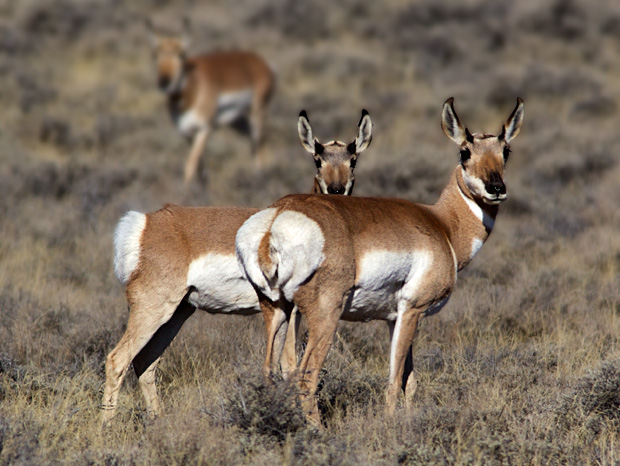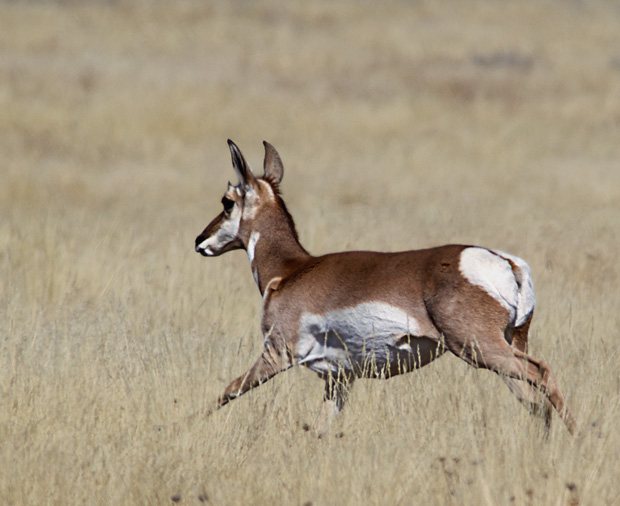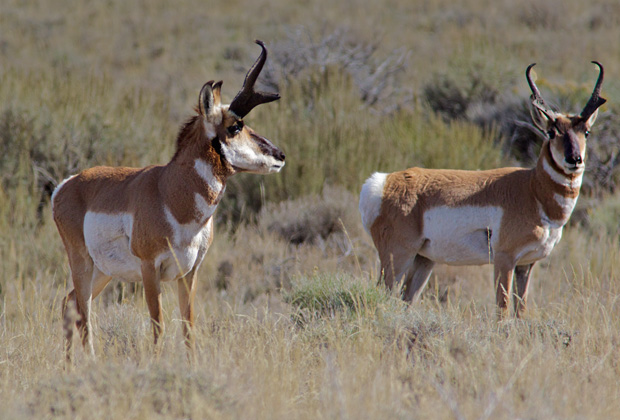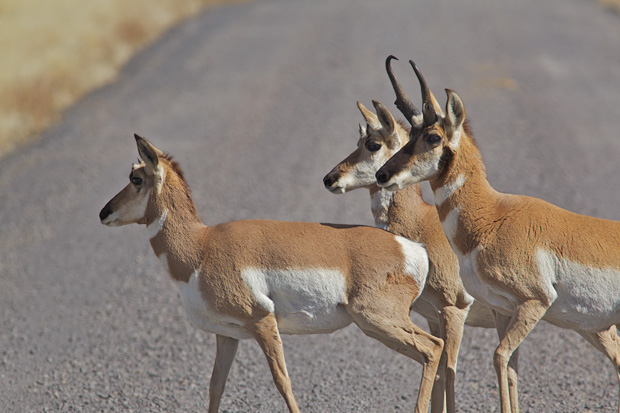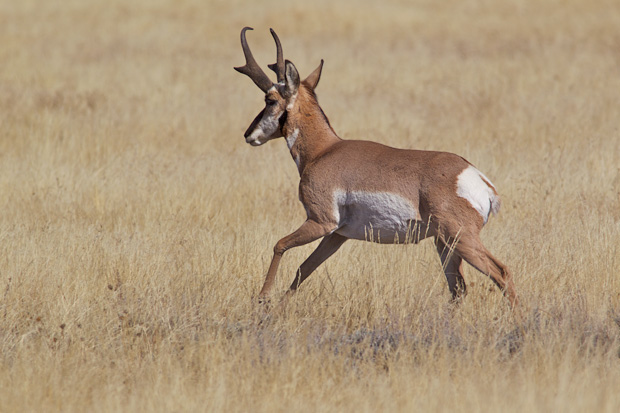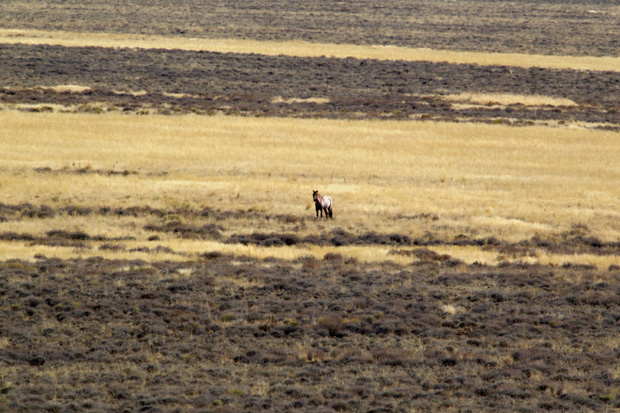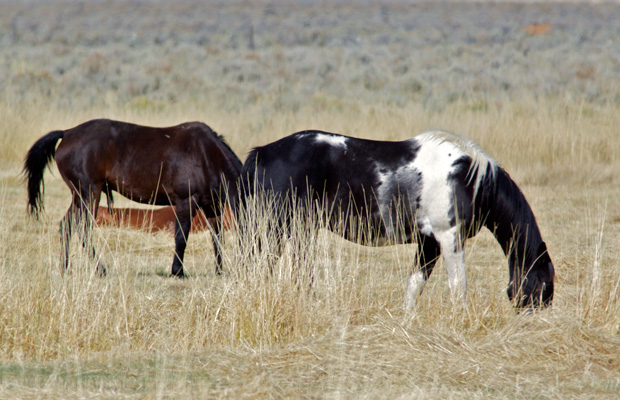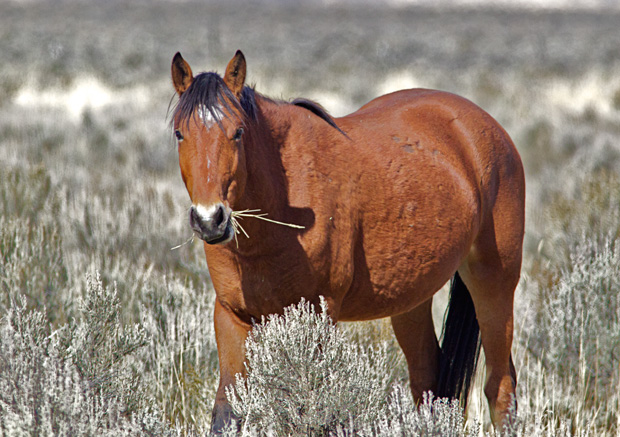The first section of Sund’s Poems from Ish River Country was published in 1969 and the second section entitled Ish River was published in 1983, so it’s not surprising that the tone is quite different, as well as the style. Looking back, the 50’s and early 60’s seemed like the Age of Innocence compared to the next twenty years. While the direct references to Vietnam are few, his less indirect in his attack on Corporations and their anti-unionism, with several references to the Wobblies, a powerful labor force on the West Coast and Pacific Northwest in earlier years. Considering his environmental bent, it’s not surprising that he saves special criticism for logging companies like Crown Zellerbach and Weyerhaeuser.
My favorite of these kinds of poems, though, is
My Father
1
In America, history goes by quickly.
Like a windstorm.
Finland
is a coat flattened against my father,
like newspaper
caught in blackberry.
2
I think of his grave
in the small cemetery outside Elma,
name and dates
carved in the headstone.
I remember the day he was buried by greedy men.
And the day before:
my mother, my brother and his wife, and I,
upstairs in Whiteside’s Funeral Parlor,
followed by the undertaker,
we walked across a lavender carpet
while the pastel lights
sent cheap violins weeping through the air,
trying to break us
between the rows of luxurious coffins.
My mother said, and almost laughed,
“shopping for a coffin,”
before she fell apart, crying in my arms,
trembling into her widowhood.
3
I said: “Dad hated this … Let’s not let them
beat him at the last.”
That day we chose the cheapest coffin
this country can make.
I watched the undertaker
wilt into his lavender economy and try to smile.
And my father
grew joyful inside me.
Back out on the street,
my brother shoved the car into second gear,
roaring, “This country
has gone to hell!”
In the back seat, our mother sat quaking
and holding behind a handkerchief her destroyed mouth
Over the craggy ridges of the handkerchief
her eyes burned shut
and cracked like ashes in the rain.
The fact that I particularly like this poem probably says more about me than it does about Sund’s poetry. First, when I was a caseworker, Elma’s elderly population was a part of my caseload. Although it was a poverty-stricken area, most of my caseload consisted of proud people who had outlived their retirement income, not surprising considering the inflation rate was nearly 18% in those days. Second, my family has never held funerals or purchased caskets; everyone has had their ashes spread in Puget Sound, starting with my grandmother and grandfather. Finally, my Scottish blood boils at the very thought of wasting money on an expensive casket to impress neighbors and “friends.”
It’s hard for me to imagine a more despicable example of greed than a funeral parlor salesman trying to cash in on a widow’s grief at the recent death of her husband, particularly since most of my welfare clients were widowers.

